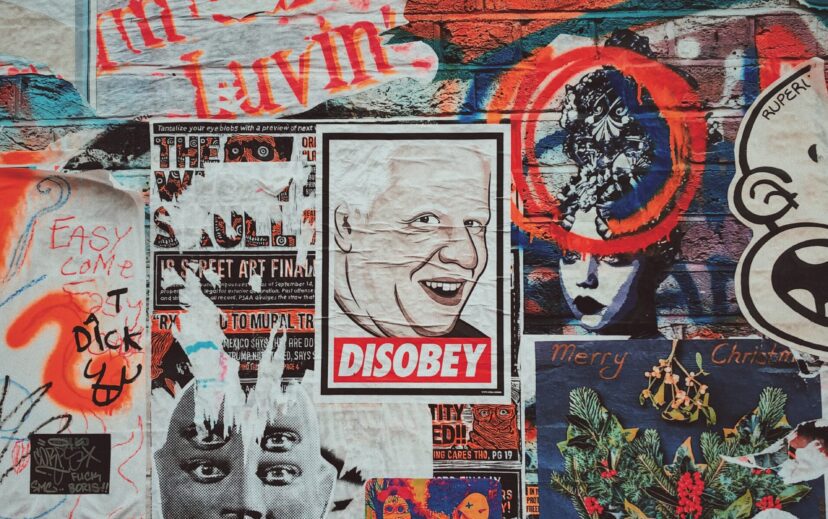Artists are known for pushing boundaries with their work. Though artists may want their artistic expression to take risks, they likely do not want to open themselves up to legal liability. Here’s what you should know if you plan to create a piece that others may find offensive or politically sensitive:
1. Copyright Your Work
There are many reasons why artists should copyright their work. A piece that pushes boundaries and causes buzz will likely garner copycat pieces. By copyrighting your work, you can establish that you were the creator of the original work and stop others from infringing your art. Additionally, having a copyright helps protect you from legal liability should other artists accuse you of copying their work. Besides protecting you legally, copyrighting your work will provide you with certain rights that can allow you to capitalize on the attention the art may be getting, such as licensing the art.
2. Avoid Creating Obscene Art
One of the key principles of the First Amendment is the freedom of speech. The Founding Fathers wanted to ensure that people were allowed to speak up against the government without the fear of being punished. The courts have ruled that art and artistic expression are generally considered speech and protected by the First Amendment. This means that your potentially offensive or politically sensitive art will usually receive constitutional protections.
However, certain types of speech receive limited or no First Amendment protection. For instance, courts have decided that works that are considered obscene will not be protected by the First Amendment. To determine if a work and its expression are obscene, the courts use the Miller test from Miller v. California (1973). The Miller test analyzes whether (1) by using community standards, the average person would find that the work as a whole has an excessive or morbid interest in sexual matters, (2) the work depicts or describes sexual conduct “in a patently offensive way,” and (3) the work lacks artistic, literary, political or scientific value.
So, if you would like your art to receive First Amendment protection, it would be best to avoid creating something that would be considered obscene.
3. If Using a Likeness, Obtain Permission
A person’s likeness is part of his or her right of publicity. Though the right of publicity varies in each state, generally the right allows people to protect their name and likeness from being misappropriated in a commercial manner. Most states have limited exceptions where they allow a person’s name or likeness to be used in a commercial way without permission such as when the likeness is used in a news report or public interest matter. Therefore, if your art uses someone’s likeness, it is important to obtain their permission to avoid legal liability.
Conclusion
There are a number of legal considerations artists should be mindful of, such as copyrighting their works and avoiding artistic expressions that diminish their First Amendment protections. An artist should be able to create potentially offensive or politically sensitive work that pushes boundaries without having to worry about legal liability. Consulting an experienced attorney helps you ensure that your art is protected and allows you to focus on your creative process.






